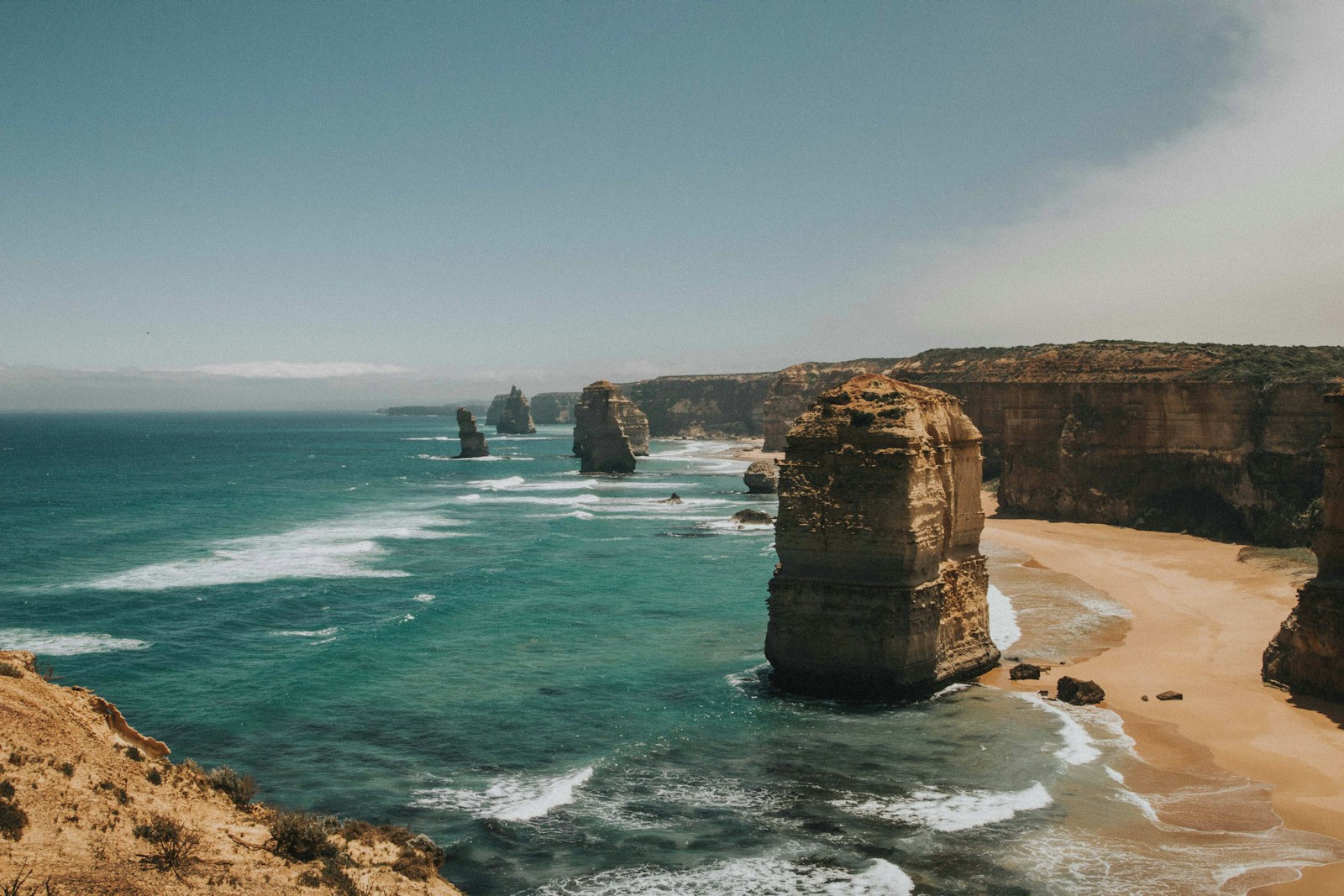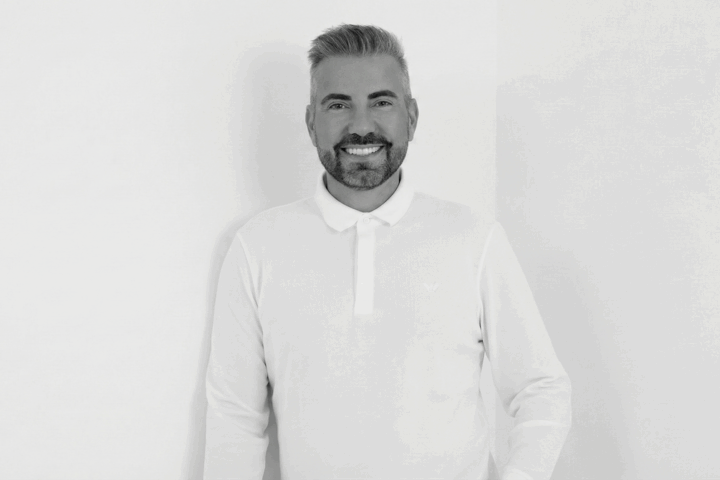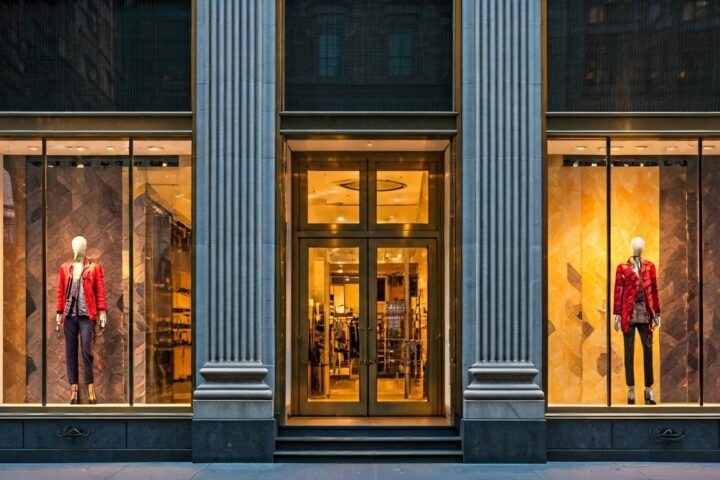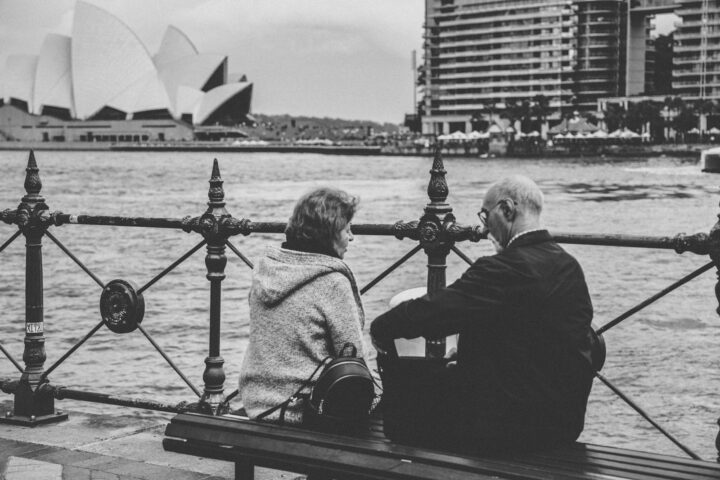Moving to Australia can be a big change, but with the right planning, it’s totally doable. You’ll need to sort out your visa, find a place to live, and maybe even line up a job. It might seem like a lot, but don’t worry – plenty of people have done it before you.
One of the best things about living in Australia is the laid-back lifestyle. Aussies love their work-life balance, so you’ll have plenty of time to enjoy the great outdoors, catch up with mates at the pub, or just chill at home.
Just be ready for some cultural differences – like calling your thongs ‘flip-flops’ or learning that a ‘barbie’ isn’t just a doll!
An expert from Rose Bay Travel shares the following top tips on successfully relocating to Australia.
Securing an Aussie Visa
Getting a visa to live in Australia is a key step for anyone looking to move Down Under. The process can be tricky, but with the right info, you’ll be on your way to calling Australia home.
Types of Visas
Australia offers heaps of visa options to suit different needs. The Skilled Migration visa is top choice for workers with skills Australia needs. If you’ve got family here, Family visas might be your ticket. Young travellers under 31 can snag a Working Holiday visa for a taste of Aussie life.
Business visas are spot on for entrepreneurs keen to start up shop. Students can apply for Student visas to study at our top-notch unis. Partner visas let you join your Aussie sweetheart.
Don’t forget about Temporary Work visas if you’ve scored a job offer from an Aussie company. Each visa type has its own rules, so pick the one that fits your situation best.
Visa Application Process
Applying for an Aussie visa isn’t a walk in the park, but it’s doable with some prep. First up, check out the Department of Home Affairs website for the latest info on visa types and requirements.
Once you’ve picked your visa, gather all your docs. You’ll need stuff like your passport, ID, qualifications, and work history. Most applications are done online through ImmiAccount.
Be ready to pay the visa fee – it can be a bit steep. Processing times vary, so apply well before you plan to move. Some visas might need you to get a health check or police clearance too.
Keep an eye on your email for any requests from the immigration team. They might ask for more info or docs. Stay on the ball with these to avoid delays.
Meeting Visa Requirements
Each visa has its own set of rules you need to follow. For Skilled visas, you’ll need to pass a points test based on things like age, English skills, and work experience.
Most visas need you to prove you can speak English. You might have to take a test like IELTS or TOEFL. Some visas have health and character requirements too.
For work visas, you’ll often need a job offer or sponsorship from an Aussie employer. Student visas require proof of enrolment and enough cash to support yourself.
Family visas usually need you to show your relationship is genuine. Partner visas can be tricky, so make sure you’ve got solid proof of your relationship.
Remember, visa rules can change. Double-check the latest requirements before you apply. If it all seems too hard, a migration agent can help you sort it out.
Finding a Place to Call Home
Moving to Australia means finding a new place to live. This section covers key aspects of the housing search, from exploring different areas to deciding between renting and buying.
Researching Australian Suburbs
When looking for a home in Australia, it’s smart to check out different suburbs. Each area has its own feel and perks. Start by making a list of what’s important, like schools, shops, or transport links.
Online maps and real estate websites can give you a good idea of what’s on offer. You can see photos and prices of houses in different areas. This helps you compare options.
Don’t forget to look into things like crime rates and flood risks. Local council websites often have this info. It’s also worth joining local Facebook groups to get a sense of the community.
Renting Versus Buying
Deciding whether to rent or buy is a big choice. Renting can be a good way to start, especially if you’re new to Australia. It lets you try out different areas before committing.
If you choose to rent, you’ll need to:
- Find a property
- Apply with references
- Sign a lease
- Pay a bond (security deposit)
Buying a home is a bigger step. You’ll need to save for a deposit and get a mortgage. The process can take time, but it can be a great investment.
Keeping your landlord happy is key if you rent. Be clear about how long you plan to stay and follow the rules of your lease.
The Property Market
The Australian property market can be tricky to navigate. Prices vary a lot between cities and even suburbs. Sydney and Melbourne tend to be the priciest, while regional areas can be more affordable.
It’s worth keeping an eye on market trends. Websites like realestate.com.au and domain.com.au have lots of data and reports. These can help you spot good deals and avoid overpaying.
Auctions are common in Australia, especially for houses. If you’re keen to buy, it’s smart to watch a few auctions first to get a feel for how they work. You might also want to chat with a local real estate agent for advice.
The Famous Aussie Lifestyle
Living in Australia means embracing a unique way of life. The laid-back culture, friendly people, and outdoor lifestyle make it a top choice for many.
Embracing Local Customs
Aussies love their barbies (barbecues) and outdoor gatherings. It’s common to bring a plate of food to share when invited to someone’s home. This is called “bring a plate” and helps the host with catering.
Mateship is big here. Mates look out for each other and often use nicknames as a sign of affection. Don’t be surprised if someone calls you “mate” even if you’ve just met.
Punctuality is valued, but not rigid. Arriving 5-10 minutes late to social events is okay, but always be on time for work or appointments.
Tipping isn’t expected in restaurants or taxis, as workers get fair wages. But leaving a small tip for great service is appreciated.
Australian Slang 101
Aussie slang can be tricky for newcomers. Here’s a quick guide to some common terms:
- Arvo: Afternoon
- Brekkie: Breakfast
- Esky: Cooler or ice box
- Sunnies: Sunglasses
- Thongs: Flip-flops
Aussies love shortening words. “Afternoon” becomes “arvo”, “breakfast” is “brekkie”. This habit extends to names too. “Sharon” might become “Shazza”, “Barry” turns into “Bazza”.
Greetings like “G’day” (good day) and “How ya going?” (how are you) are used often. A simple “good, thanks” is a perfect reply.
Food and Cuisine
Aussie tucker (food) is diverse and delicious. Some iconic dishes to try:
- Vegemite on toast: A salty, yeast-based spread
- Lamingtons: Sponge cake covered in chocolate and coconut
- Meat pies: A handheld pastry filled with minced meat and gravy
- Pavlova: A meringue-based dessert topped with fruit and cream
Seafood is popular, especially on the coast. Prawns (shrimp) on the barbie are a summer favourite. Fish and chips at the beach is a classic meal.
Coffee culture is huge in Australia. Flat whites and long blacks are common orders. Cafes often serve “smashed avo” (avocado) on toast for brekkie.
Eating out is casual. Many restaurants are BYO (bring your own) alcohol, saving you money on drinks.









